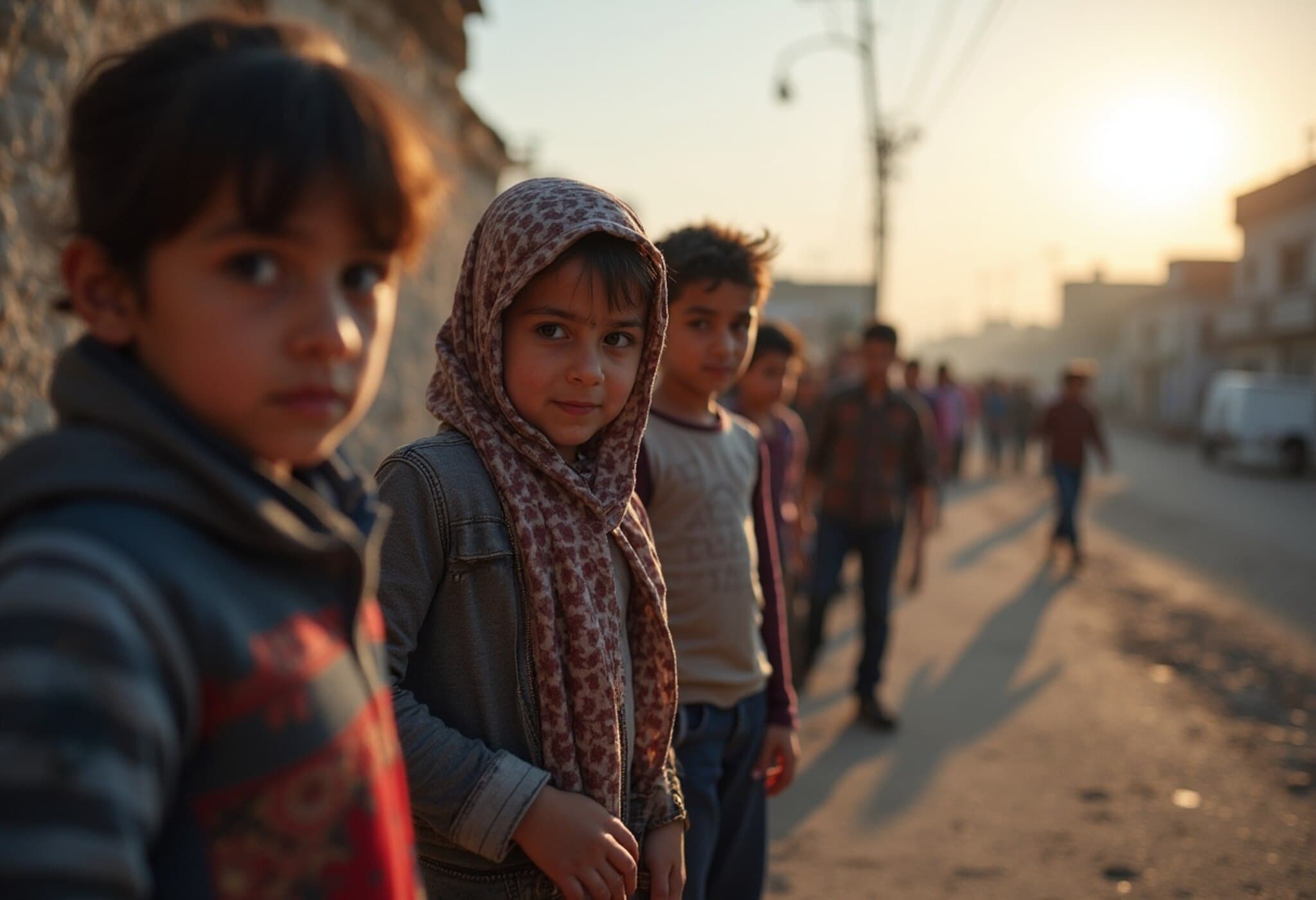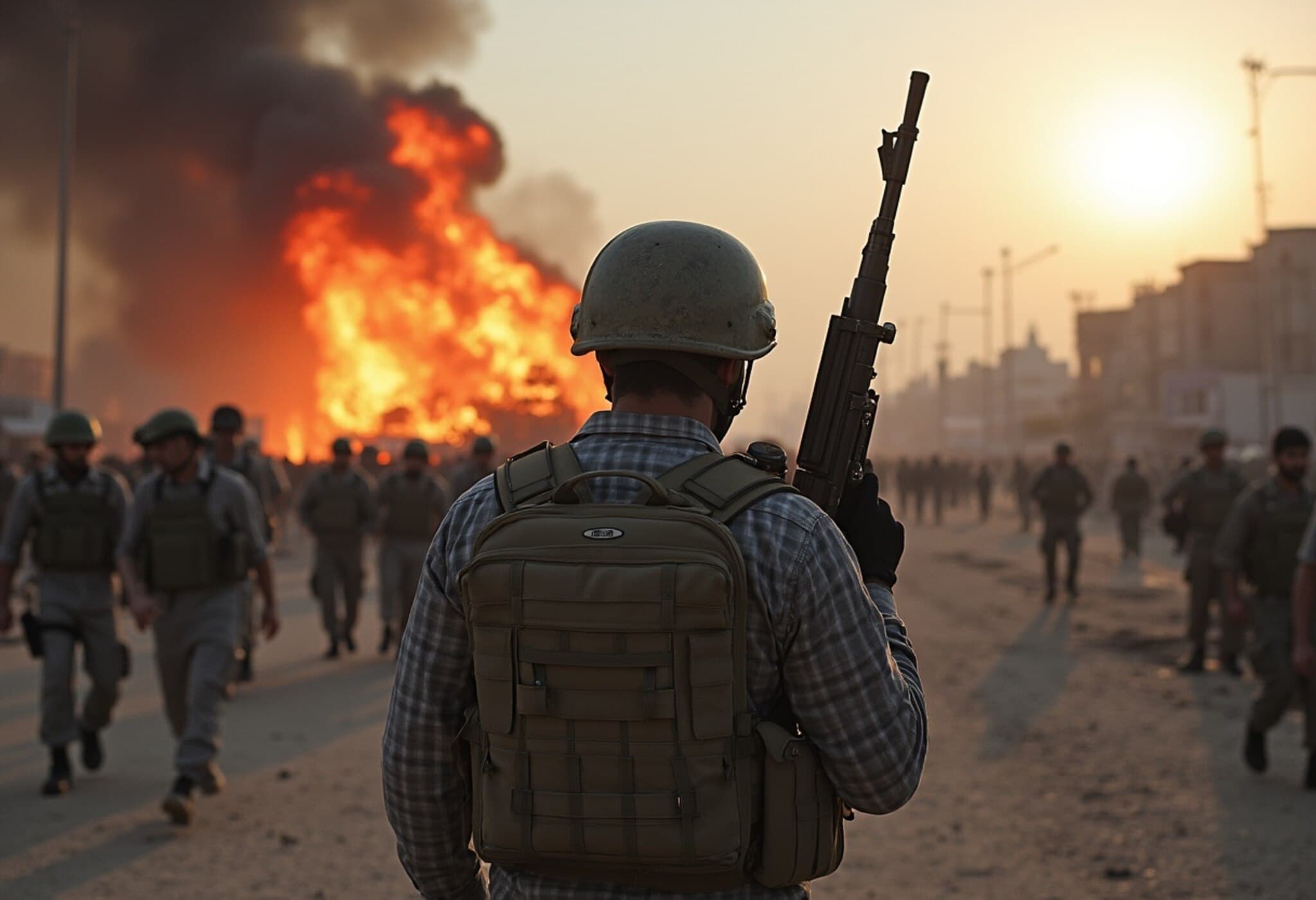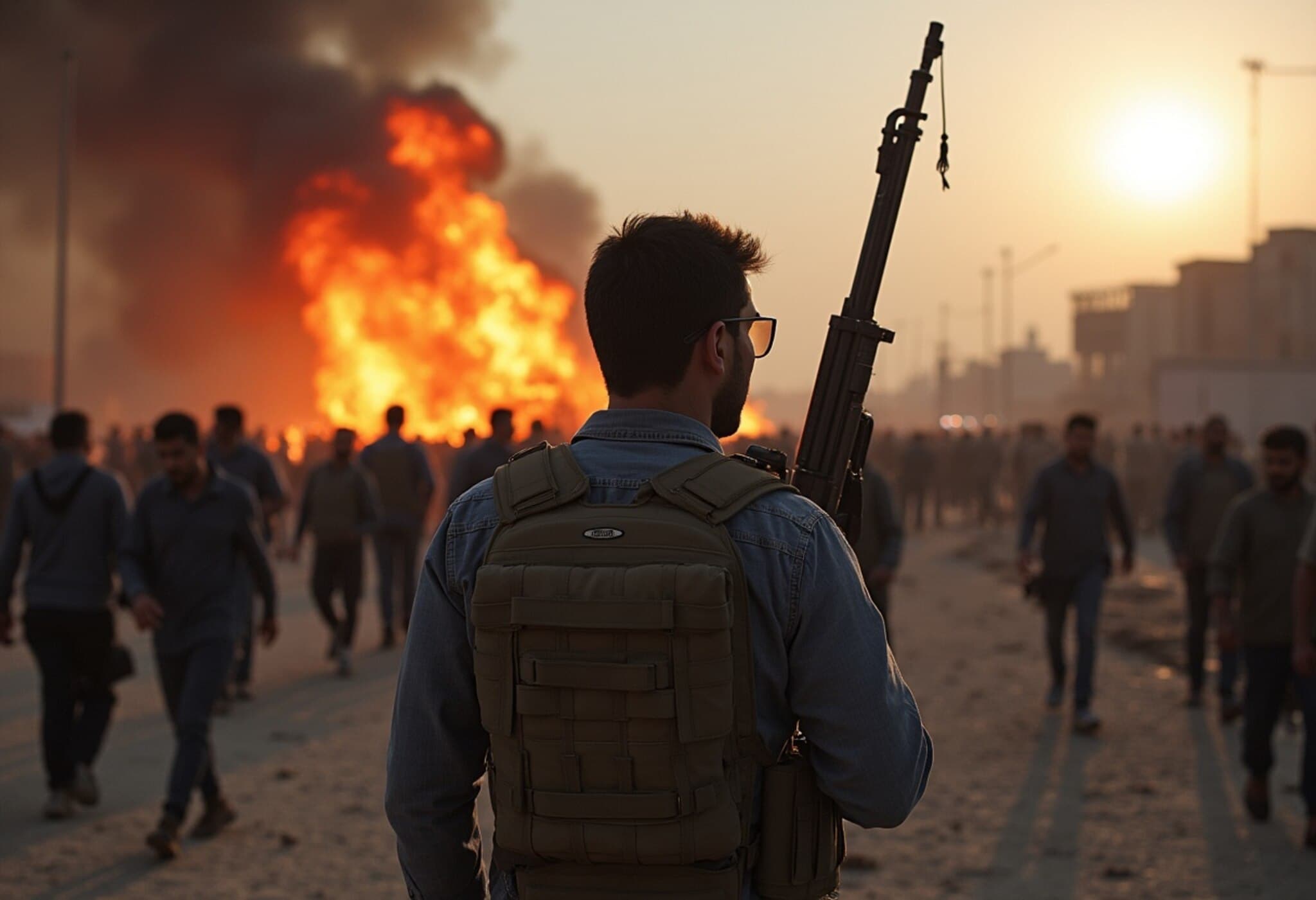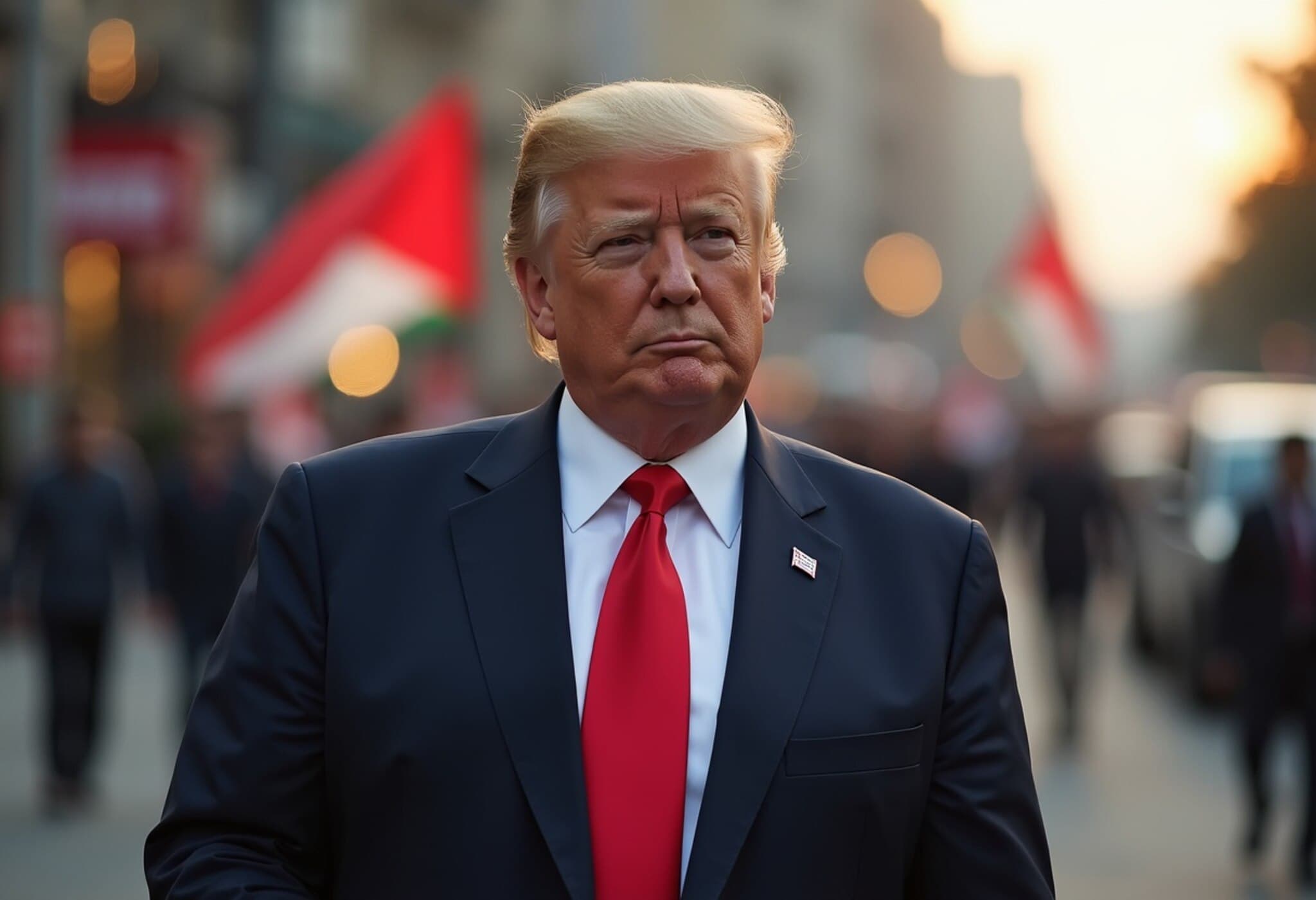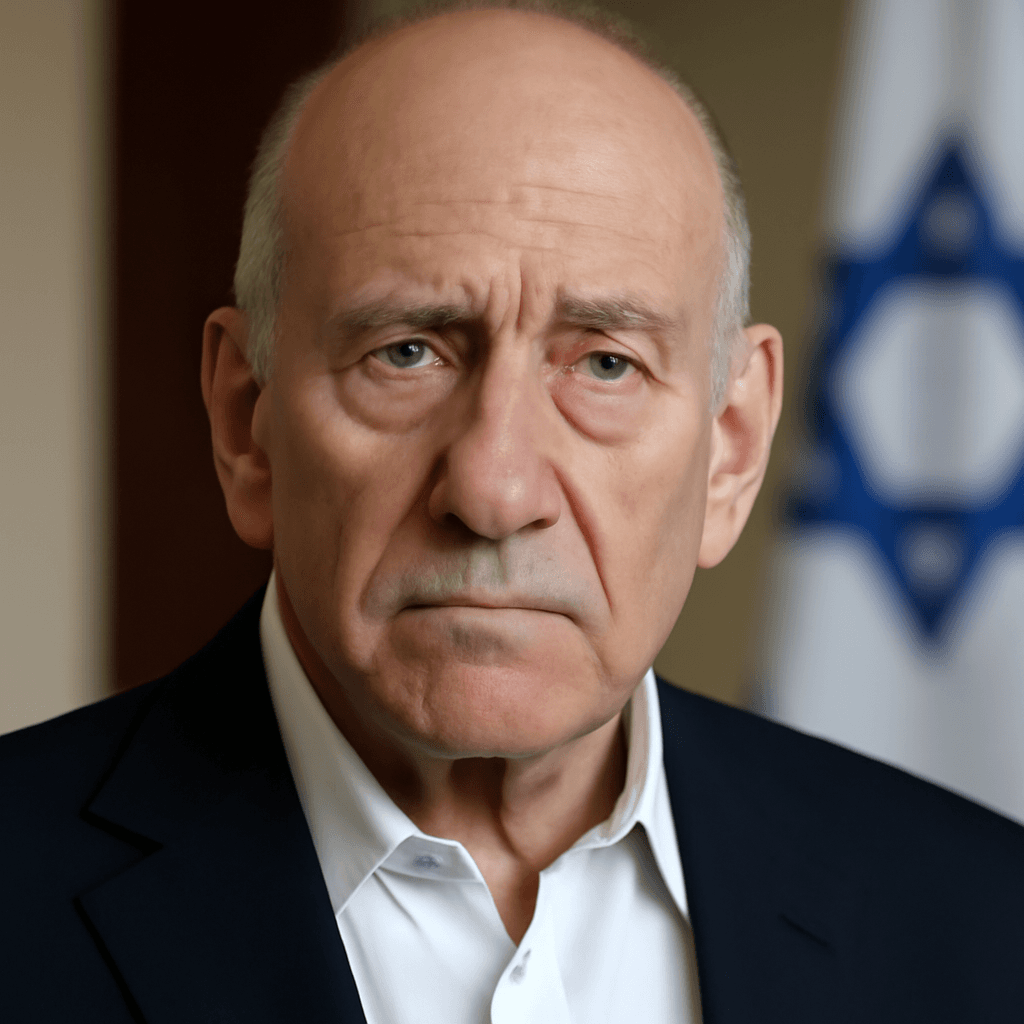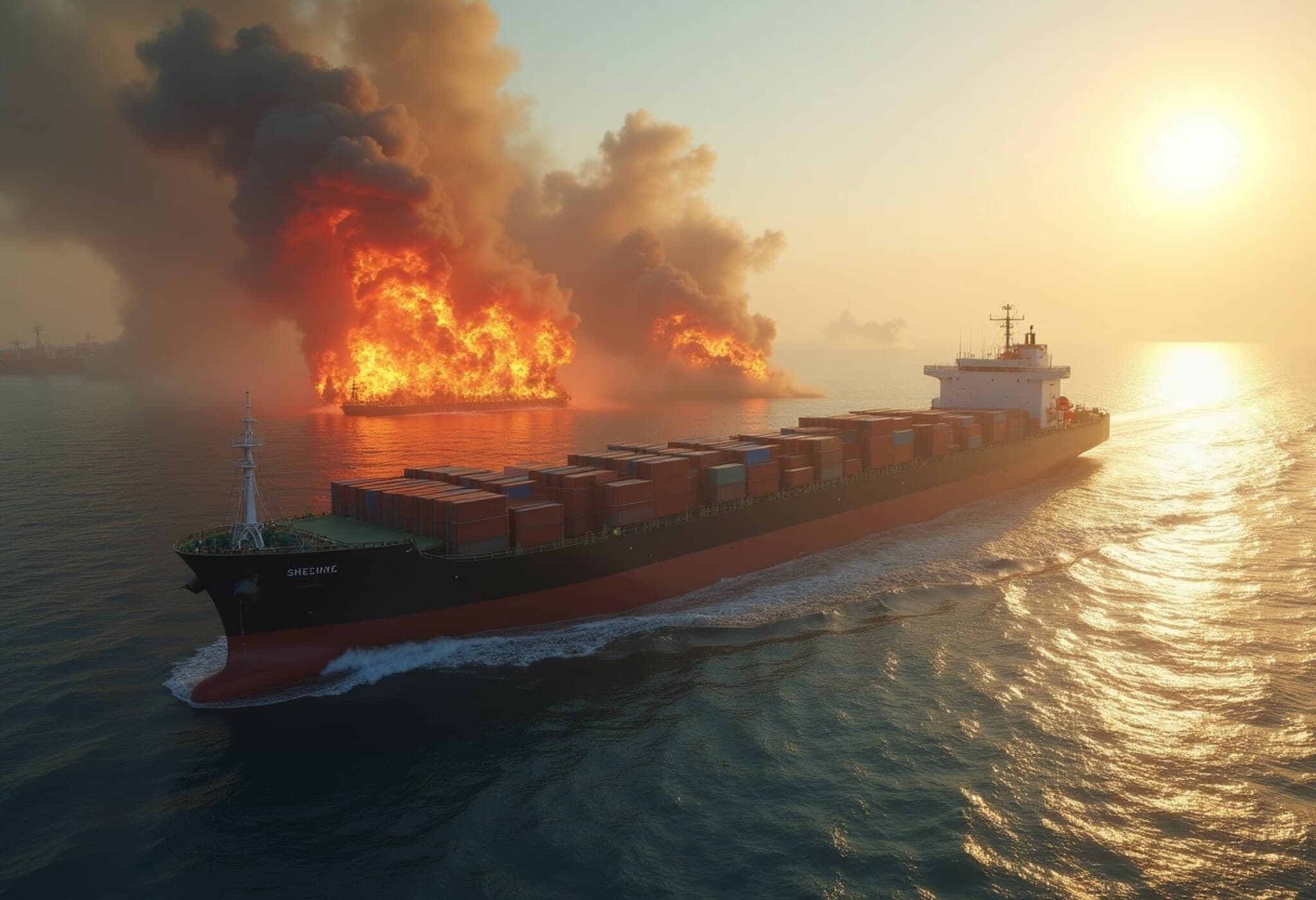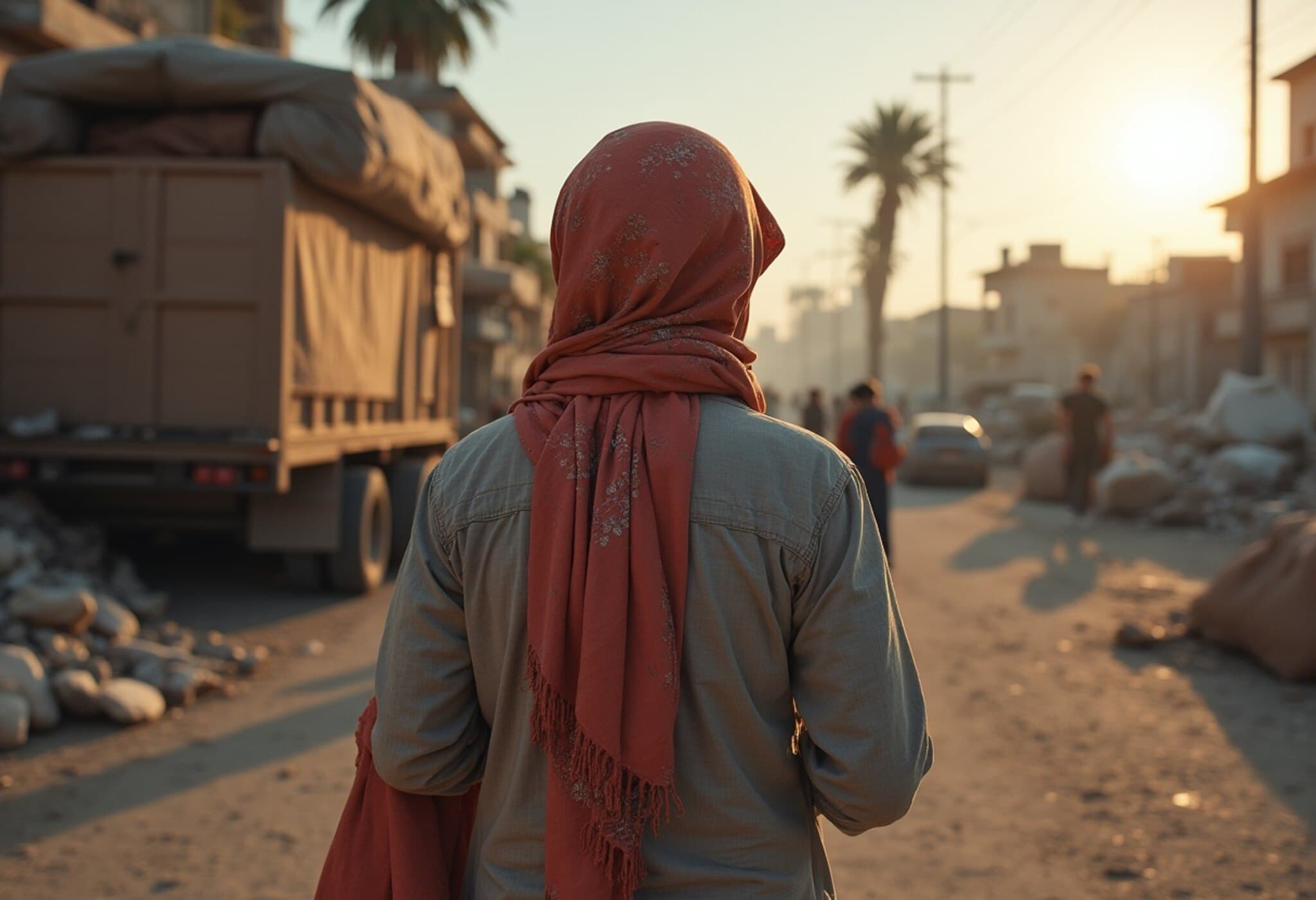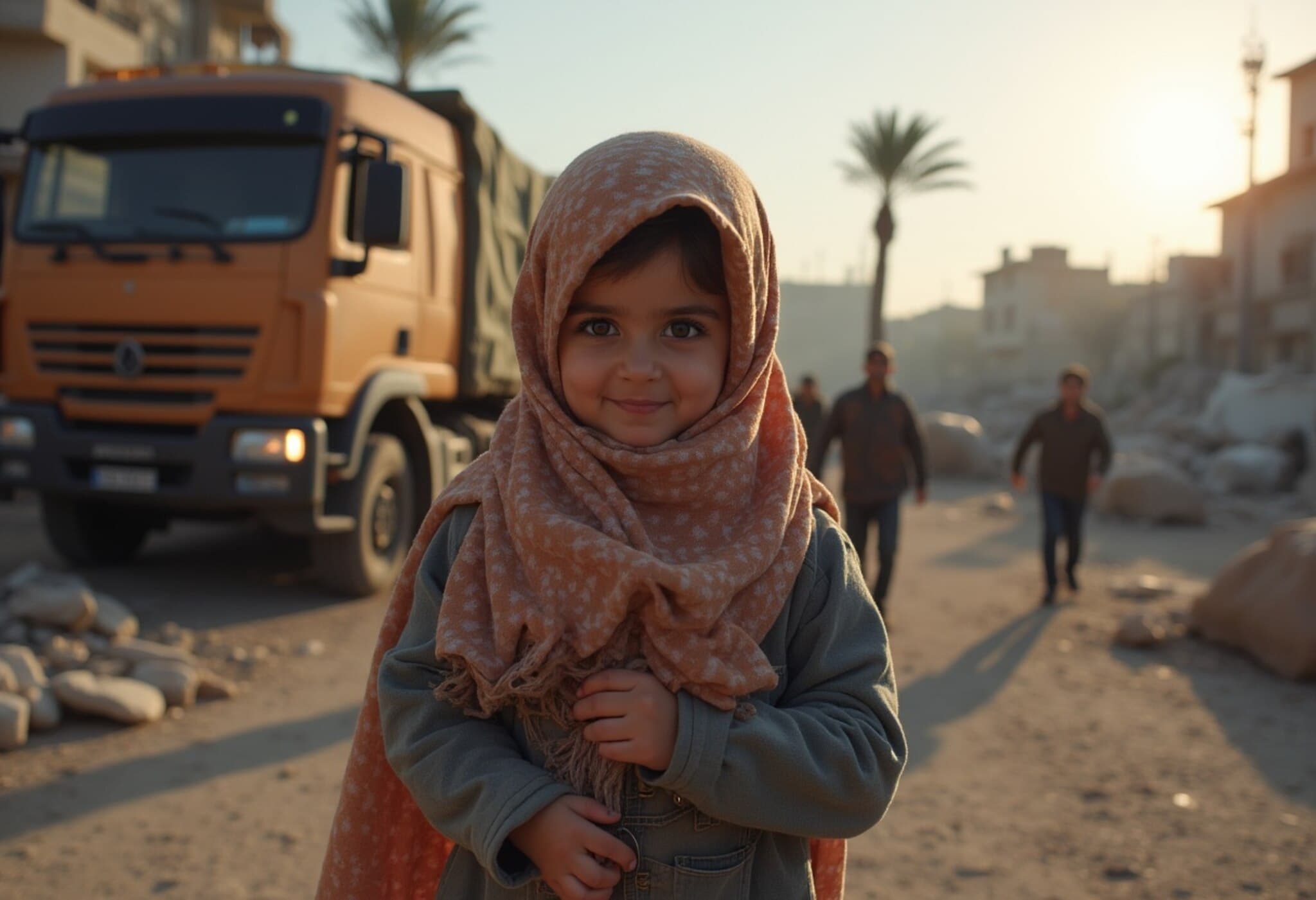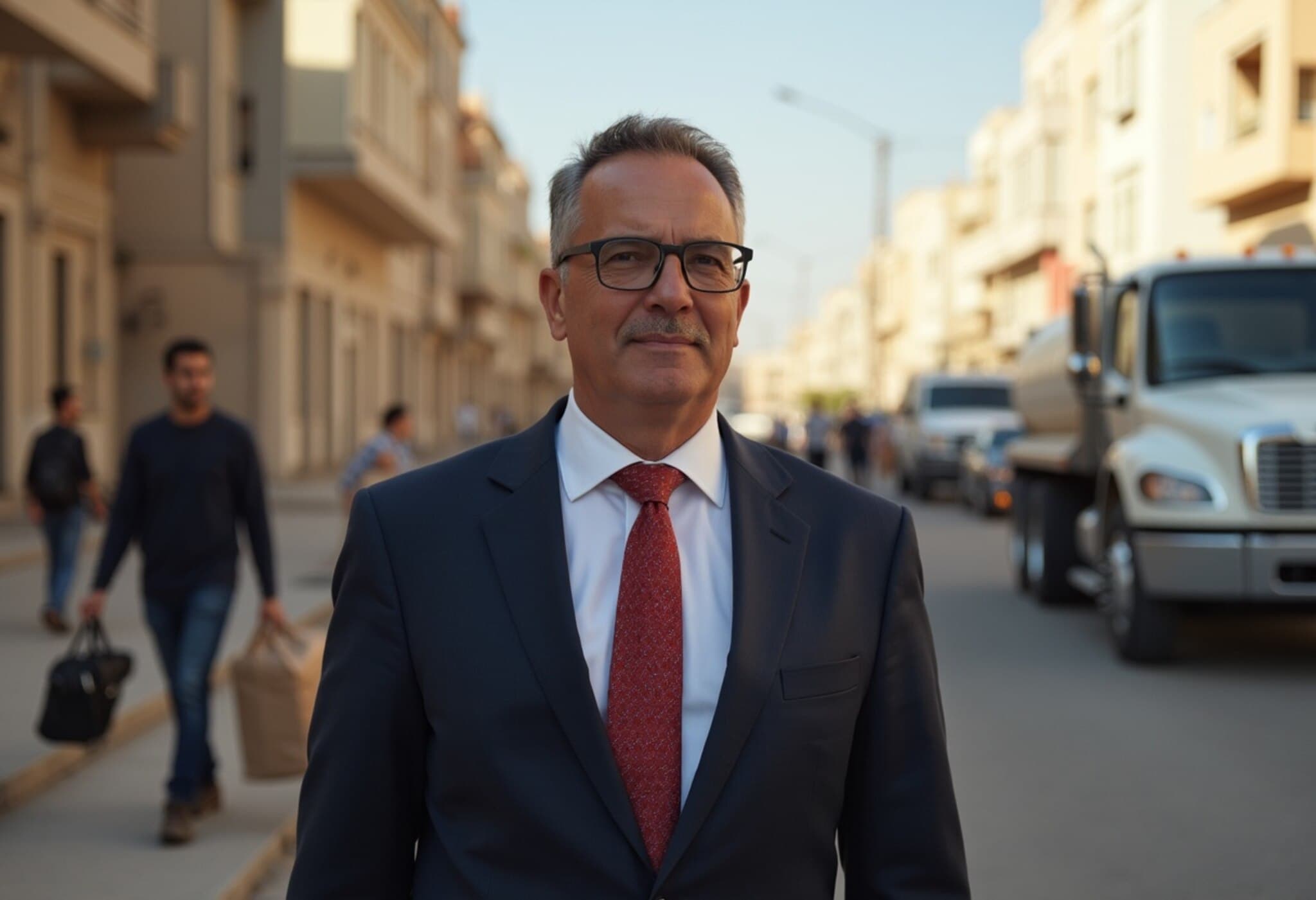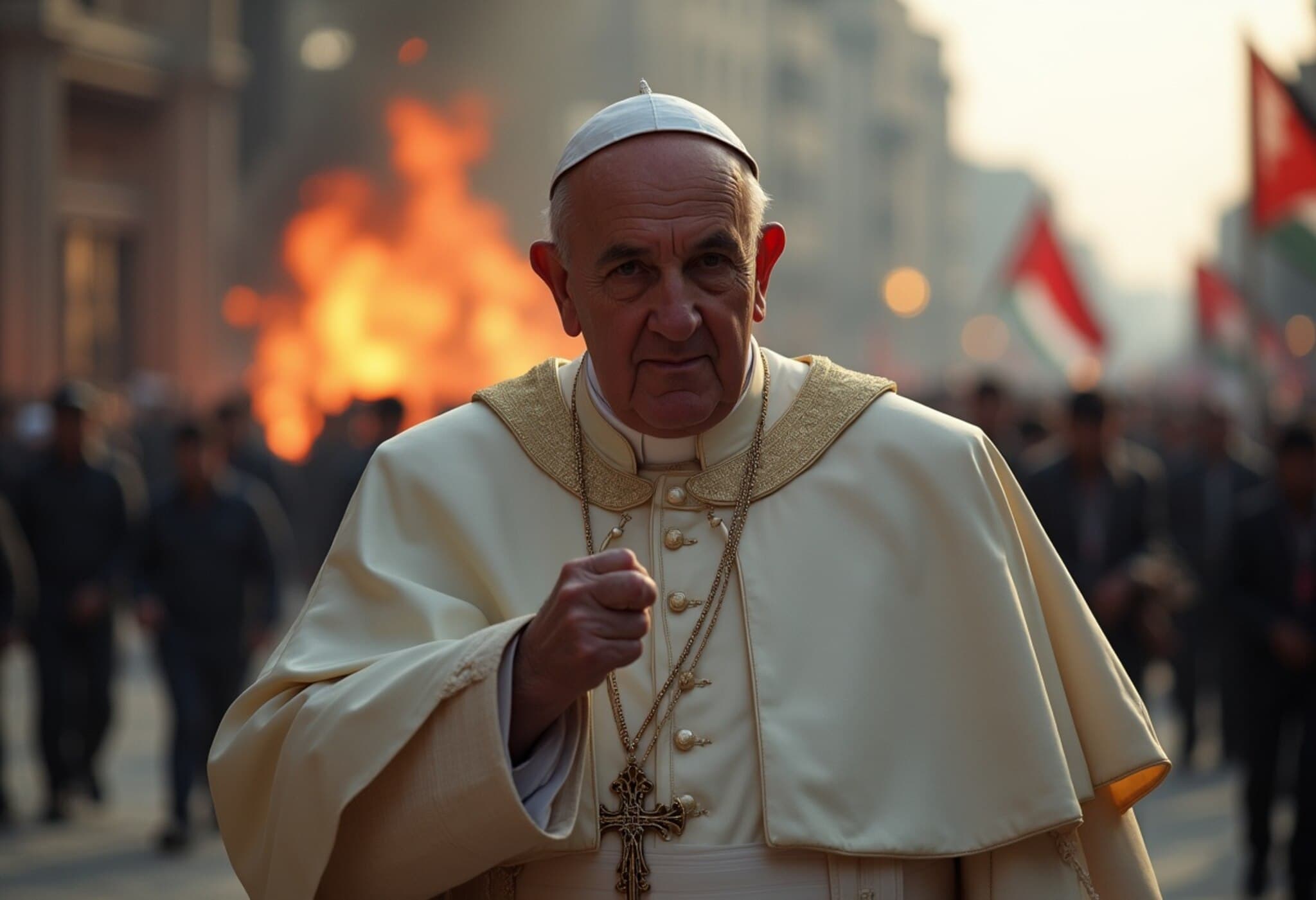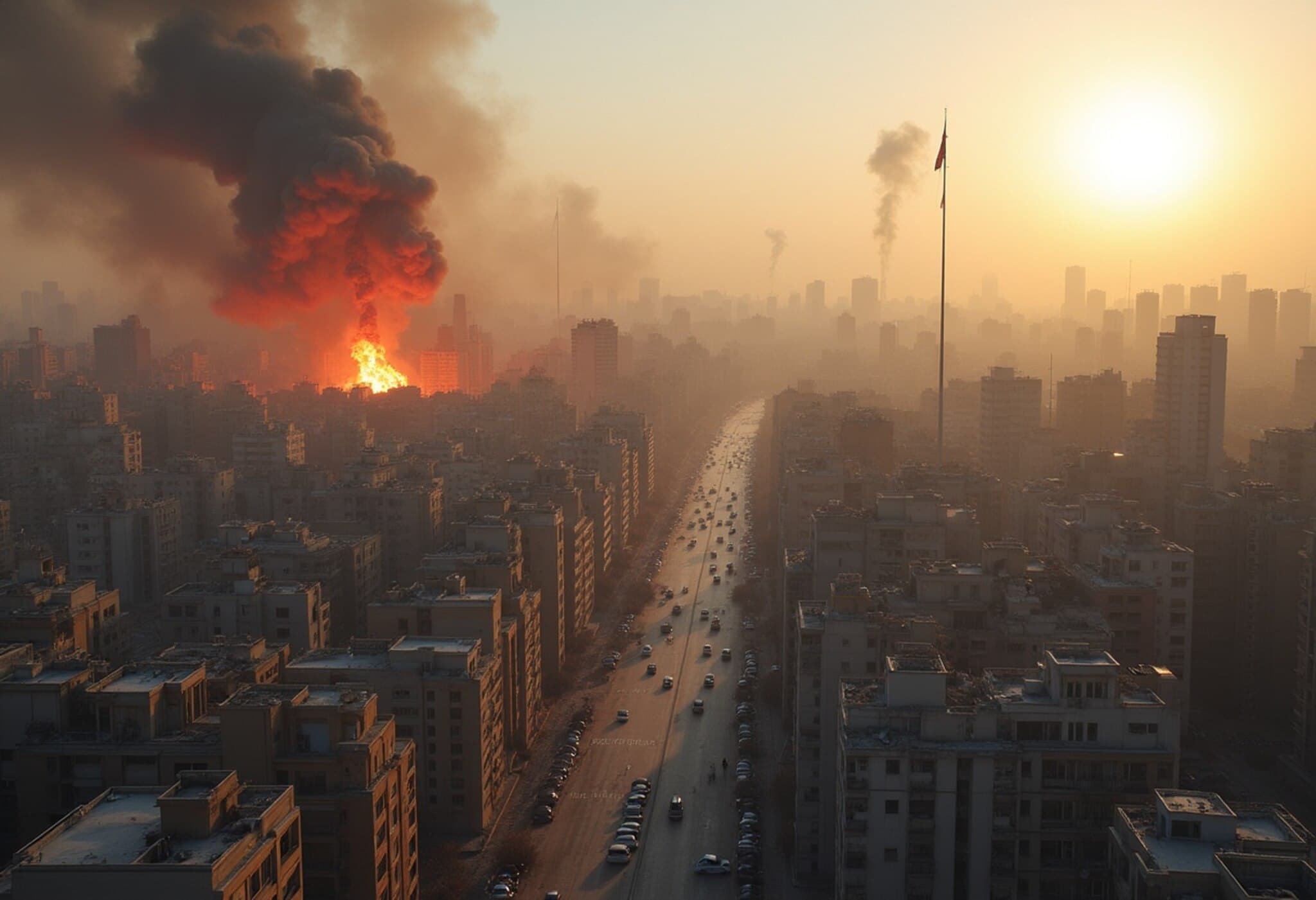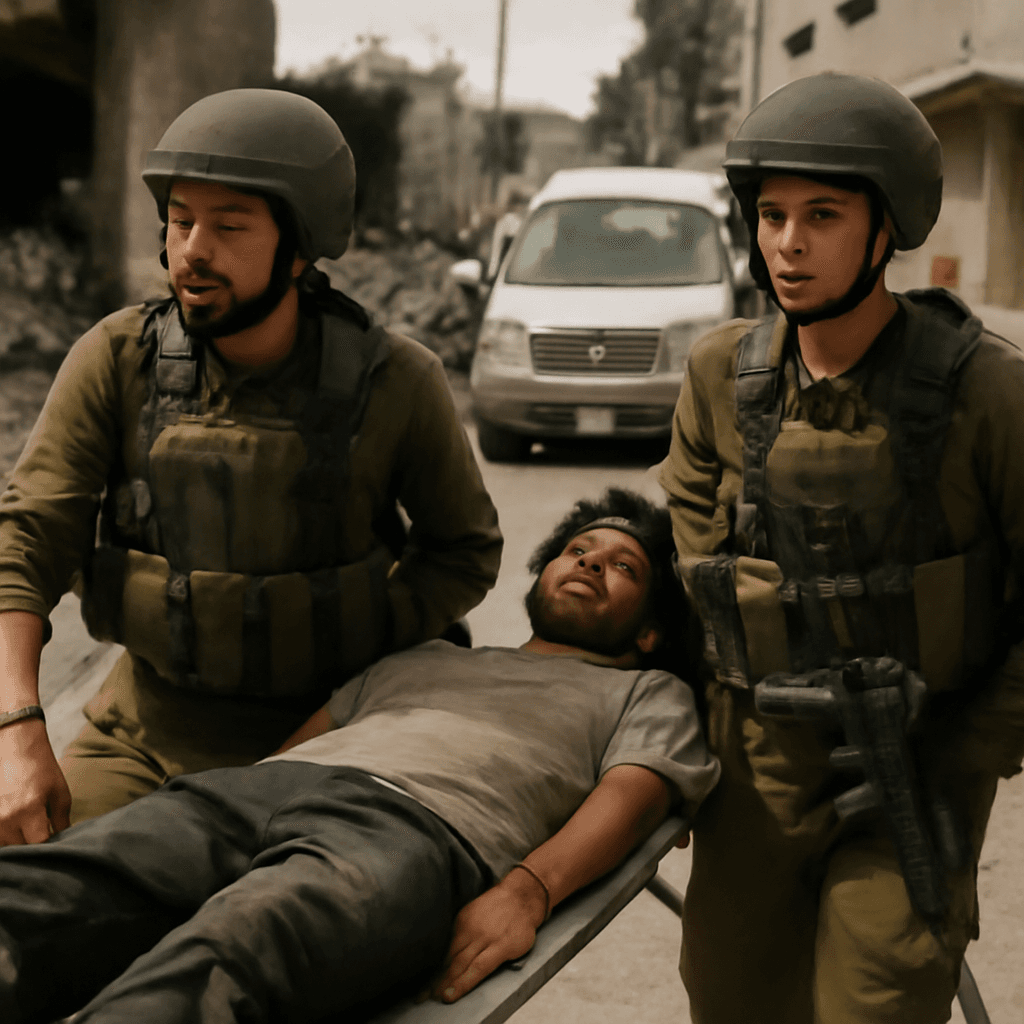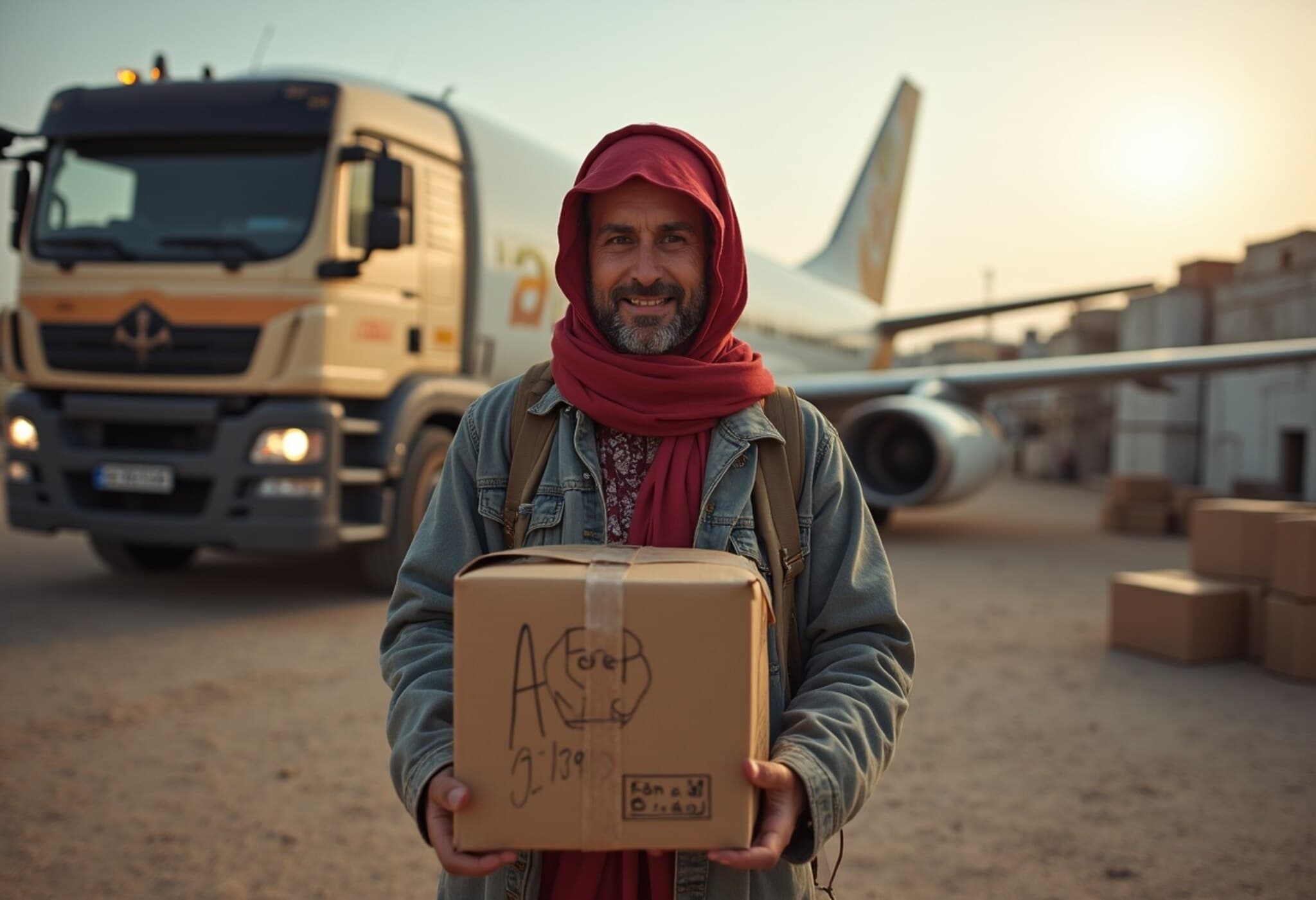Humanitarian Crisis Intensifies as Aid Seekers Killed in Gaza
On July 20, 2025, Gaza witnessed a tragic escalation in the ongoing humanitarian catastrophe as Israeli fire opened on large crowds desperately seeking aid, killing at least 93 Palestinians and injuring dozens more. According to Gaza’s civil defense agency, the violence erupted just as a United Nations World Food Programme (WFP) convoy, comprising 25 trucks filled with critical food supplies, entered Gaza from Israeli territory.
Survivors Describe Harrowing Scenes Amid Aid Distribution
The aid convoy, which had traversed multiple checkpoints, was met by massive, hungry crowds near Gaza City. Eyewitnesses recount chilling accounts: Qasem Abu Khater, a 36-year-old resident, described chaotic overcrowding and random fire from Israeli tanks and snipers, likening the soldiers’ actions to “hunting animals in a forest.” Such imagery underscores the fear and helplessness felt by civilians caught in the crossfire.
The Scale and Locations of Casualties
- 80 people killed as aid was delivered to northern Gaza.
- 9 civilians shot near the aid distribution point in Rafah, in southern Gaza.
- 4 fatalities reported near Khan Yunis, also in southern Gaza.
These deaths come amidst a grim pattern, with the UN reporting that close to 800 civilians seeking aid have died since late May, many along routes to aid convoys. The chronic shortages of essential food and supplies have driven vast crowds to aid points, making these gatherings vulnerable to deadly incidents.
Israel’s Response and International Reactions
Israel’s military has disputed the figures and circumstances surrounding the deadly events, stating that troops fired warning shots only to neutralize immediate threats amid tens of thousands of civilians. The Israeli army emphasizes its ongoing efforts to minimize civilian casualties and points to recently updated rules of engagement following lessons from past incidents.
In a tense political development, Israel revoked the residency permit of Jonathan Whittall, head of the UN Office for the Coordination of Humanitarian Affairs (OCHA) in Israel. Whittall has been an outspoken critic of deteriorating humanitarian conditions in Gaza. Israeli Foreign Minister Gideon Saar accused him publicly of disseminating falsehoods about the conflict, highlighting deep friction between Israeli authorities and international humanitarian actors.
Papal Condemnation Highlights the War’s Human Toll
Pope Leo XIV weighed in, condemning the "barbarity" of the ongoing Gaza conflict during his Sunday Angelus address. His remarks followed an Israeli strike on Gaza’s only Catholic church—Holy Family Church—where three civilians sheltering inside were tragically killed. The pope’s call for peace resonated deeply amid the destruction of places of worship and civilian infrastructure.
The Catholic Latin Patriarch of Jerusalem, Pierbattista Pizzaballa, recently made a rare visit to Gaza, celebrating mass at the devastated church. His presence symbolized solidarity with the embattled population and underscored the conflict’s religious and human complexities.
Displacement and Military Expansion Compound Gaza’s Despair
More than two million residents in Gaza have faced repeated displacements throughout the conflict. On the morning following the deadly aid attacks, the Israeli military ordered residents in Deir el-Balah and surrounding zones to evacuate southward immediately, citing preparations for "imminent operations." Many families were seen fleeing with their few possessions amid uncertainty about their destinations.
The UN’s OCHA has described the displacement orders as a “devastating blow” to the fragile lifelines sustaining Gaza’s civilians. Currently, 87.8% of Gaza’s territory is under displacement orders or declared as Israeli militarized zones, squeezing 2.1 million people into a constricted 12% of the Strip where essential services have largely collapsed.
Ongoing Negotiations Amid Hostage Fears
The military offensive has fueled fears among families of hostages captured during Hamas's October 2023 attack. Indirect talks over a proposed 60-day ceasefire and the release of hostages have taken place, yet tensions remain high. Of the 251 hostages initially taken, 49 remain held in Gaza, with 27 presumed dead according to Israeli military statements.
Expert Commentary: Navigating a Complex Humanitarian and Political Landscape
Experts highlight that the repeated killing of aid seekers not only deepens the humanitarian crisis but also raises urgent questions about the rules of engagement and protection of civilians under international humanitarian law. The plight of aid convoys—supposedly protected entities in conflict zones—reflects broader challenges faced in densely populated urban warfare environments.
Moreover, the revocation of UN officials’ permits threatens to undermine crucial humanitarian coordination. This move could further complicate aid delivery and accountability, leading to calls for both sides to recommit to transparent, protected humanitarian access.
From a policy standpoint, the escalation emphasizes the urgency of comprehensive conflict resolution mechanisms, especially in a region where civilian suffering often extends beyond immediate hostilities to long-term economic deprivation and social fragmentation.
Looking Ahead
The dire situation in Gaza is a stark reminder of the devastating human costs of the protracted conflict. As international actors, from UN agencies to religious leaders, call for peace and protection of civilians, the voices of the displaced, the grieving, and the desperate remain central to any path forward.
Editor's Note
This unfolding tragedy in Gaza underscores the urgency for renewed international focus on humanitarian protections and conflict de-escalation. As aid convoys become targets and public trust in protection mechanisms erodes, how can global stakeholders ensure that essential assistance reaches those in dire need without compromising safety? The human stories behind the numbers remind us that behind every statistic is a life hanging in the balance.


